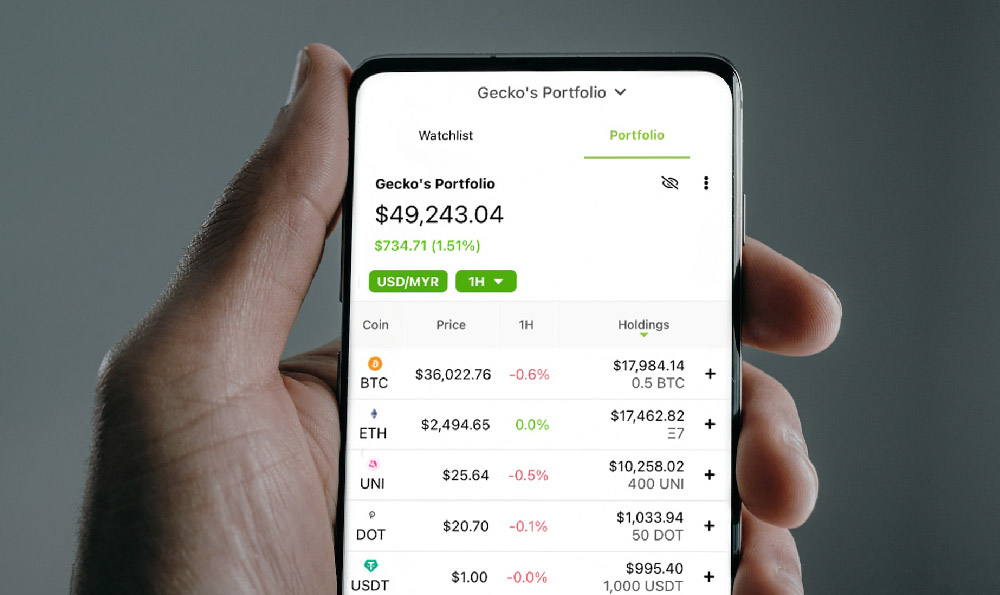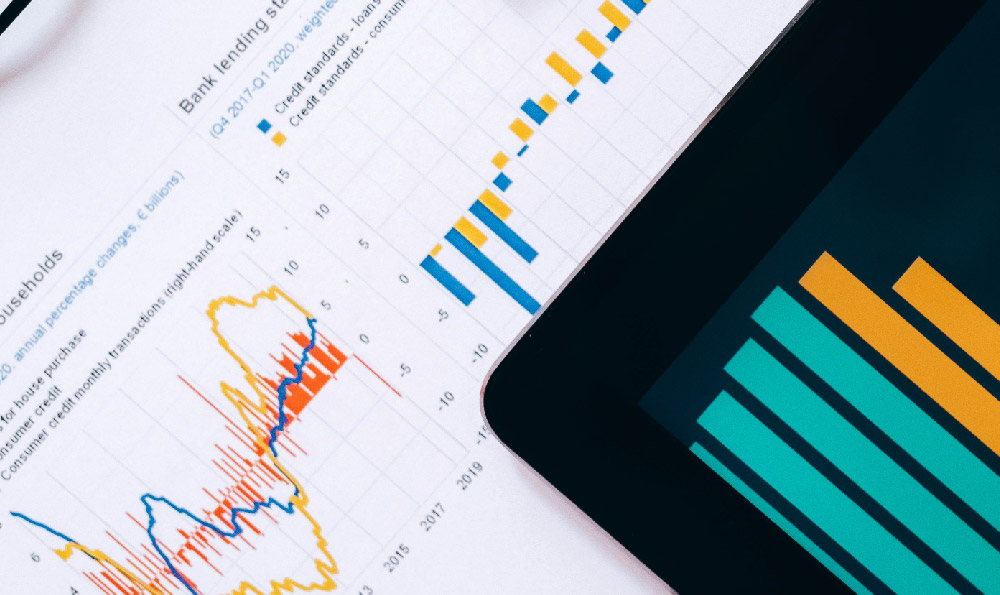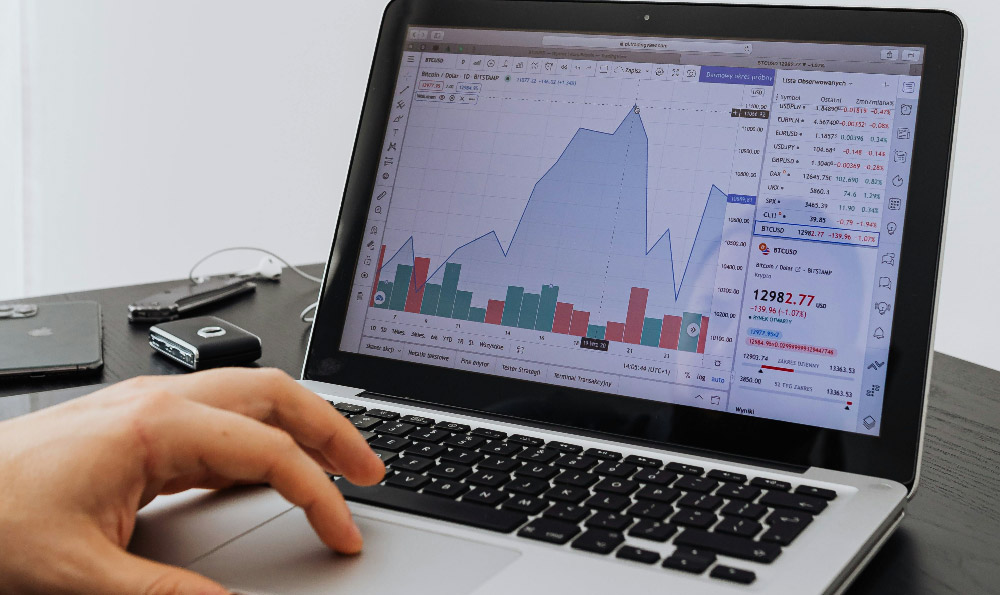
Investing in the S&P 500 can be a cornerstone of a well-diversified investment portfolio. It offers exposure to 500 of the largest publicly traded companies in the United States, providing broad market representation and the potential for long-term growth. Robinhood, with its user-friendly interface and commission-free trading, has made investing more accessible than ever. However, even with a simplified platform, understanding the nuances of S&P 500 investing is crucial for making informed decisions.
Before diving into the specifics of using Robinhood, it's important to grasp the fundamentals of the S&P 500 itself. The index is market-capitalization weighted, meaning that larger companies have a greater influence on its performance. This means that the performance of mega-cap stocks like Apple, Microsoft, and Amazon significantly impact the overall index return. Understanding this weighting is important because it means your investment will be more heavily influenced by the performance of these larger companies. While diversification across 500 companies is beneficial, the actual diversification isn't perfectly even.
Now, let's consider the vehicles through which you can invest in the S&P 500 on Robinhood. The most common and readily available option is an Exchange Traded Fund (ETF) that tracks the S&P 500. These ETFs are designed to mirror the performance of the index, providing a convenient and cost-effective way to gain exposure to all 500 companies in a single investment. Some popular S&P 500 ETFs include SPY (SPDR S&P 500 ETF Trust), IVV (iShares CORE S&P 500 ETF), and VOO (Vanguard S&P 500 ETF). While they all track the same index, they may have slight differences in expense ratios and trading volume.

Expense ratios are annual fees charged by the ETF provider to cover the costs of managing the fund. These fees are typically very low for S&P 500 ETFs, often less than 0.1%, but it's still important to be aware of them. Even seemingly small differences in expense ratios can compound over time, impacting your overall returns. Trading volume refers to the number of shares traded each day. Higher trading volume generally means tighter bid-ask spreads, making it easier to buy and sell shares at a fair price.
To actually invest on Robinhood, you'll first need to create an account and link it to your bank. The account opening process is relatively straightforward and involves providing personal information, verifying your identity, and answering questions about your investment experience and risk tolerance. Once your account is funded, you can search for the ticker symbol of the S&P 500 ETF you want to invest in (e.g., SPY, IVV, or VOO).
After selecting the ETF, you'll be presented with a trading screen where you can enter the number of shares you want to buy or the dollar amount you want to invest. Robinhood offers both market orders and limit orders. A market order instructs Robinhood to buy the shares at the current market price. This is the simplest option, but it means you may end up paying slightly more or less than the price you saw on the screen due to market fluctuations. A limit order allows you to specify the maximum price you're willing to pay for the shares. If the market price reaches your limit price or lower, your order will be executed. Limit orders provide more control over the price you pay, but they may not be filled if the market price doesn't reach your limit.
Once you've placed your order, it will be executed during market hours. You can track the status of your order in your Robinhood account. After the order is filled, the shares will be added to your portfolio.
While investing in the S&P 500 through an ETF on Robinhood is relatively simple, there are several important considerations to keep in mind. First, remember that investing in the stock market involves risk. The value of your investment can fluctuate, and you could lose money. It's crucial to understand your own risk tolerance and invest accordingly. The S&P 500, while diversified, is still subject to market volatility. Economic downturns, geopolitical events, and other factors can all impact its performance.
Second, consider the tax implications of investing in the S&P 500. Any dividends you receive from the ETF will be taxable. When you eventually sell your shares, you may also be subject to capital gains taxes. It's a good idea to consult with a tax professional to understand how your investments will be taxed.
Third, think about your long-term investment goals. Investing in the S&P 500 is generally considered a long-term strategy. It's not a get-rich-quick scheme. The goal is to achieve consistent returns over time by holding the investment through market ups and downs. Avoid the temptation to try to time the market or make emotional decisions based on short-term market fluctuations.
Fourth, remember to rebalance your portfolio periodically. As your investments grow, your asset allocation may drift away from your target allocation. Rebalancing involves selling some assets and buying others to bring your portfolio back into alignment. This helps to maintain your desired risk level and ensure that you're not overly exposed to any one asset class.
Finally, continue to educate yourself about investing. The more you understand about the stock market, the better equipped you'll be to make informed decisions. Read books, articles, and follow reputable financial news sources. Be wary of investment advice from unqualified sources or anyone promising guaranteed returns. Investing is a journey, not a destination. By continuously learning and adapting your strategies, you can increase your chances of achieving your financial goals. Robinhood provides a convenient platform, but ultimately, your success depends on your own knowledge and discipline.





